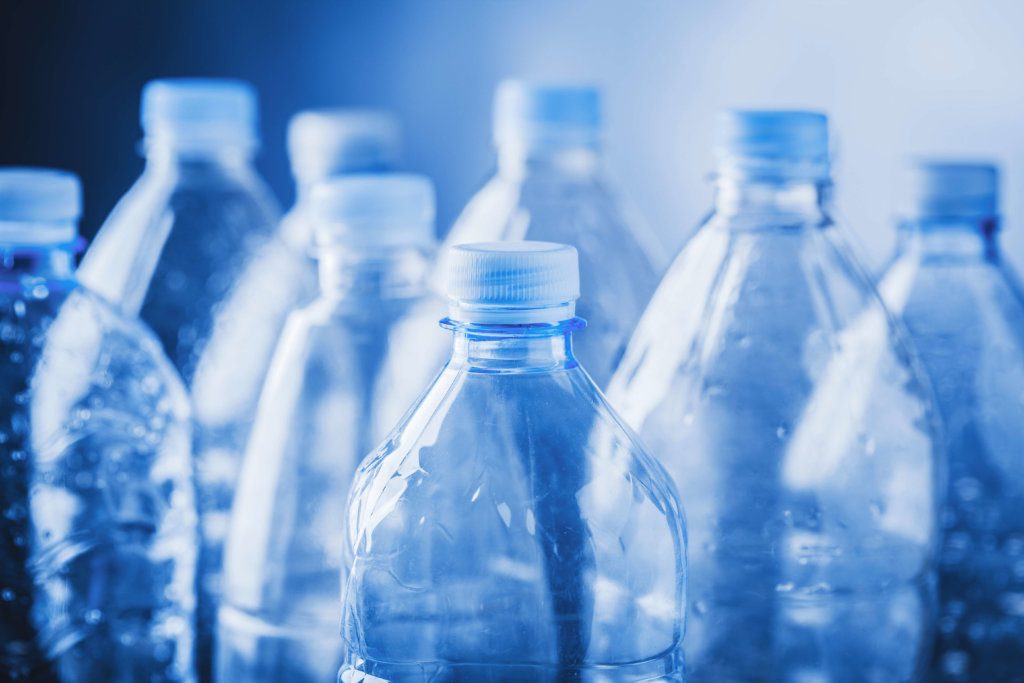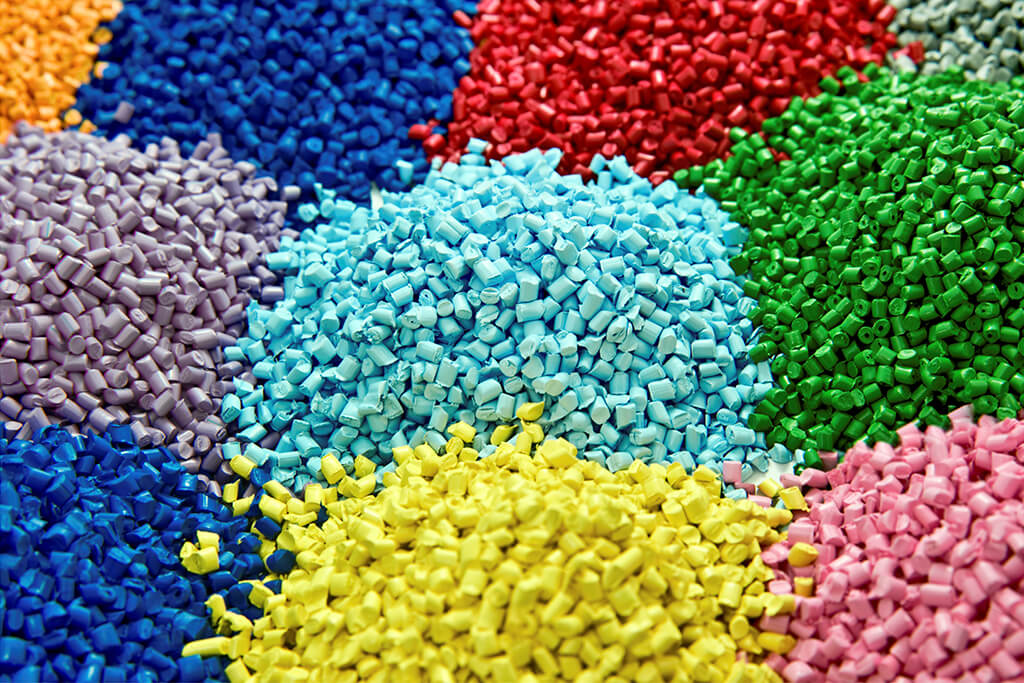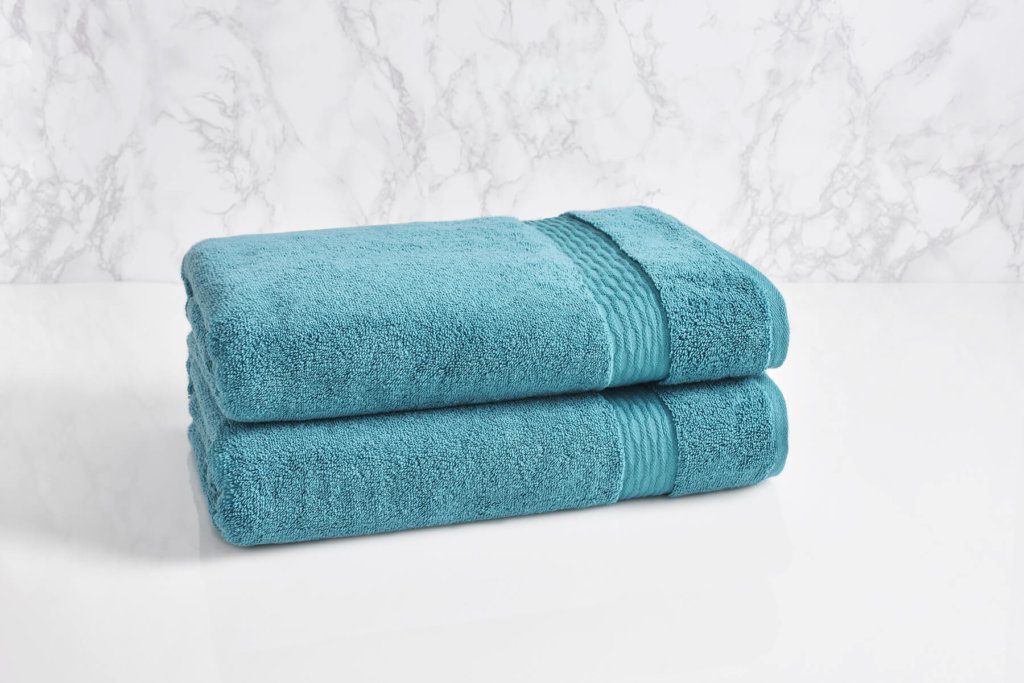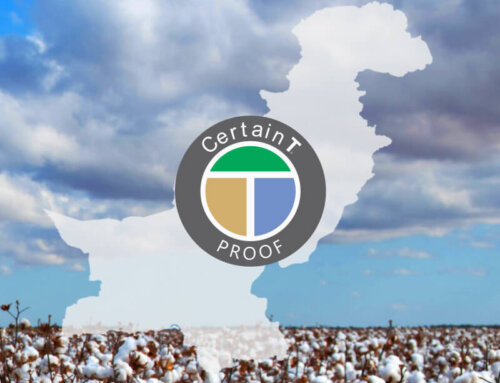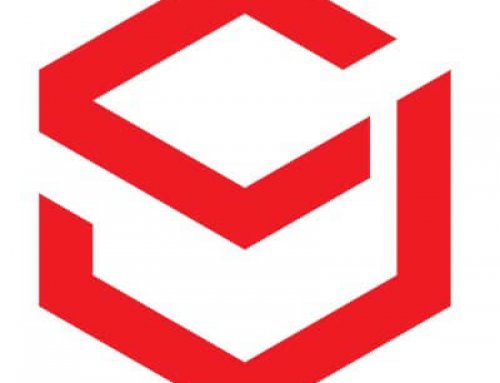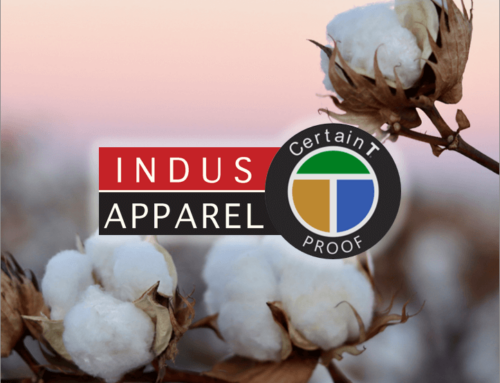CertainT® for rPET
frequently asked questions

CertainT® is an integrated supply chain platform for verifying authenticity of r-PET items from source to retail shelf. The three pillars of the platform, Tag, Test, and Track, enable brands and manufacturers to preserve the integrity and quality of the r-PET in their supply chain. Consumers will have confidence that claims and ingredients listed on the label are present in the finished product. In short, CertainT provides traceability, transparency and trust for supply chain integrity.
At what point in the supply chain can SigNature molecular tags be applied to r-PET?
SigNature T molecular tags can be added at the masterbatch stage, enabling users of the CertainT platform to tag, test and track their products. The molecular tag becomes embedded in the rPET fiber during the extrusion process.
How many different SigNature molecular tags are available?
Any number of unique SigNature T molecular tags can be created. Working in collaboration with our CertainT partners, we can develop more than one molecular tag for different applications or needs.
How and where are the SigNature molecular tags manufactured?
SigNature molecular tags are manufactured at Applied DNA headquarters in Stony Brook, NY, using proprietary and patented equipment and processes.
Will using SigNature T DNA technology require new machinery or equipment?
For rPET, SigNature T-tagged masterbatch pellets do not require new machinery or equipment. Portable SigNify® on-site authentication system is recommended for performing in-process QC checks to confirm the presence of the molecular tag.
How many samples can I test at once using the SigNify device?
16 tests can be performed in one test run.
How long does testing take?
Up to 16 tests can be completed in approximately 60 minutes.
Can the test equipment be used in other parts of the supply chain?
Yes, testing can be performed throughout the supply chain using SigNify portable testing equipment. Applied DNA offers training for clients who will be performing in-house testing.
How many tests need to be performed?
This is entirely up to the customer. Initially Applied DNA suggests clients test a greater number of samples, particularly in supply chain areas that have been identified as “high-risk”. Once initial data has been collected, testing can be reduced over time.
What is the shelf life of the SigNature molecular tag and how is it stored?
SigNature molecular tag concentrates shall be stored between 4° and 8°C (refrigerated) for no more than 12 months from the date of manufacture by Applied DNA. The use-by date will be printed on the bottle label.
Are there any issues with SigNature DNA molecular tags with regard to GMO?
No. SigNature molecular tags are not long enough to be considered a gene, not derived from a living organism and therefore have no genetic function and are unable to modify another living organism (or cell).
Can a SigNature molecular tag be copied by a counterfeiter?
Due to Applied DNA’s patented and proprietary production methods, SigNature molecular tags cannot be copied. It would be commercially infeasible and impractical to reverse engineer the molecular tag.
How do I get started tagging my recycled PET?
Understanding the supply chain and manufacturing processes and authentication requirements will determine the optimum approach for molecular tagging, as well as authenticating products as they are made into fiber, yarn, fabric and finished goods.
How can the ‘CertainT’ platform help me ‘Tag’, ‘Test’ and ‘Track’ my recycled PET products?
Customers can purchase access to an online platform to support data management and provide traceability. A unique SigNature T molecular tag is applied to an item(the ‘Tag’). It is then tested using SigNify portable test equipment and the resulting data are uploaded to Applied DNA’s database (the ‘Test’).
All data captured during the tests taken along the supply chain are compared against the client’s molecular tag, allowing manufacturers and brands to provide their customers a story of the journey of their rPET product (the ‘Track’). Some clients may wish to align this data with existing IT infrastructure to provide clients with the ability to allow end users to see the story via QR codes, etc.
